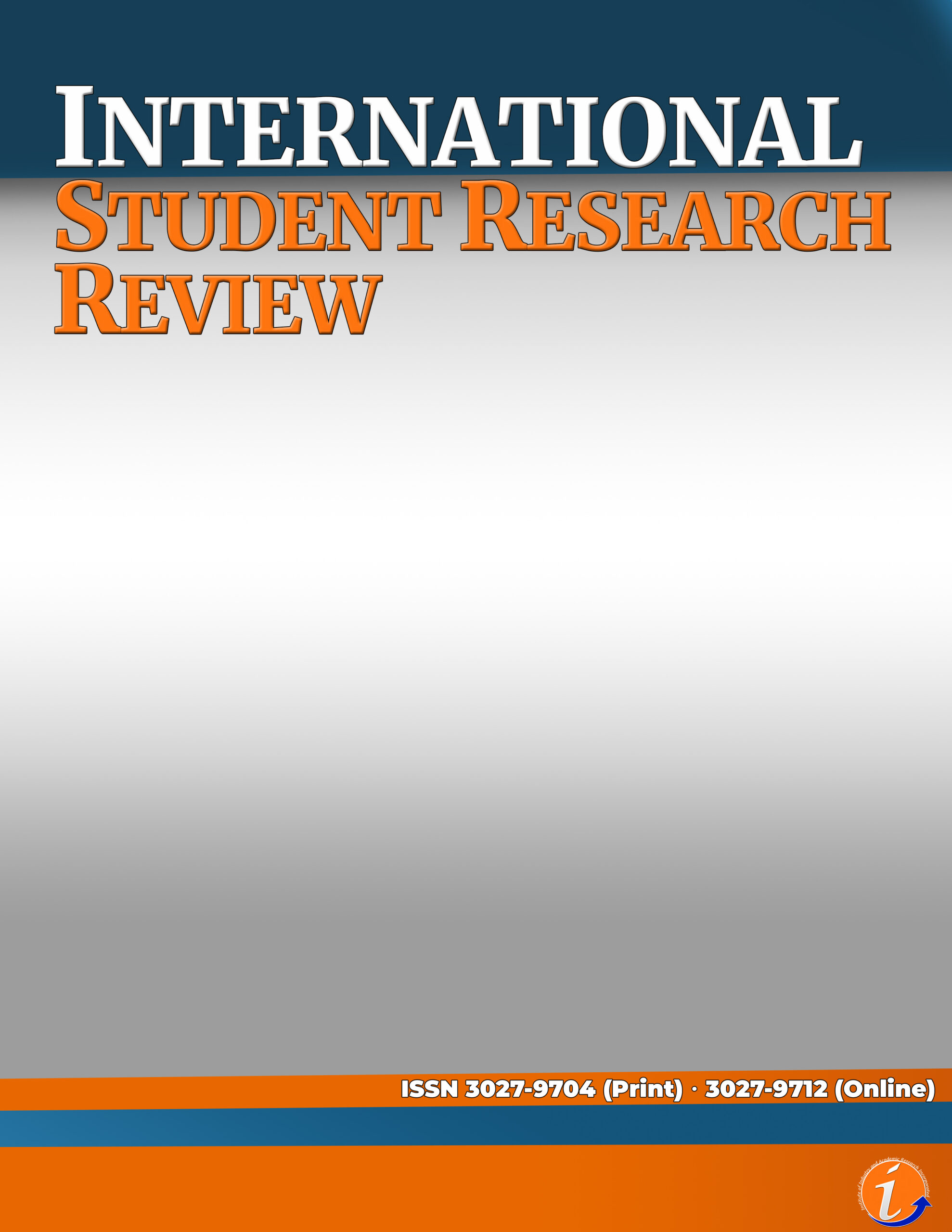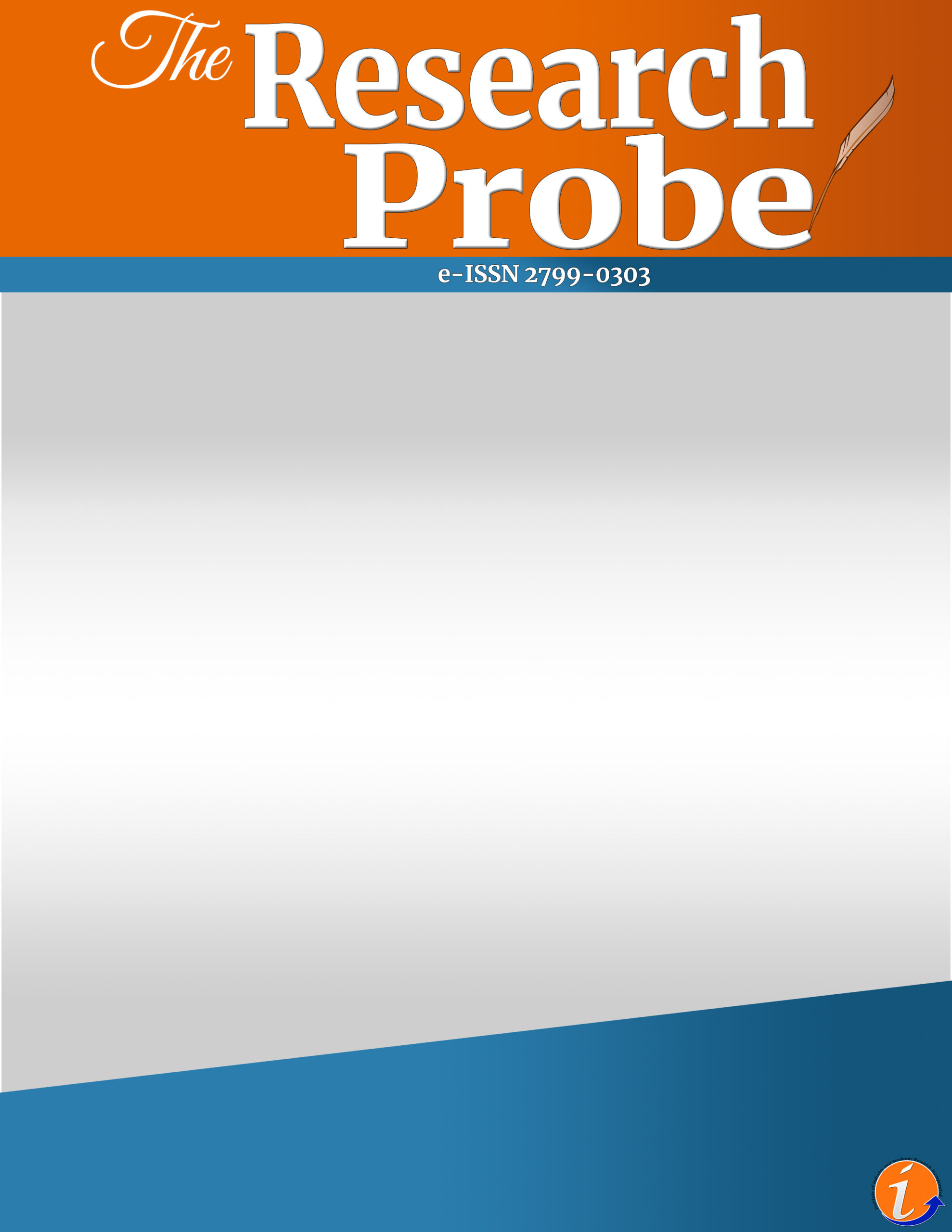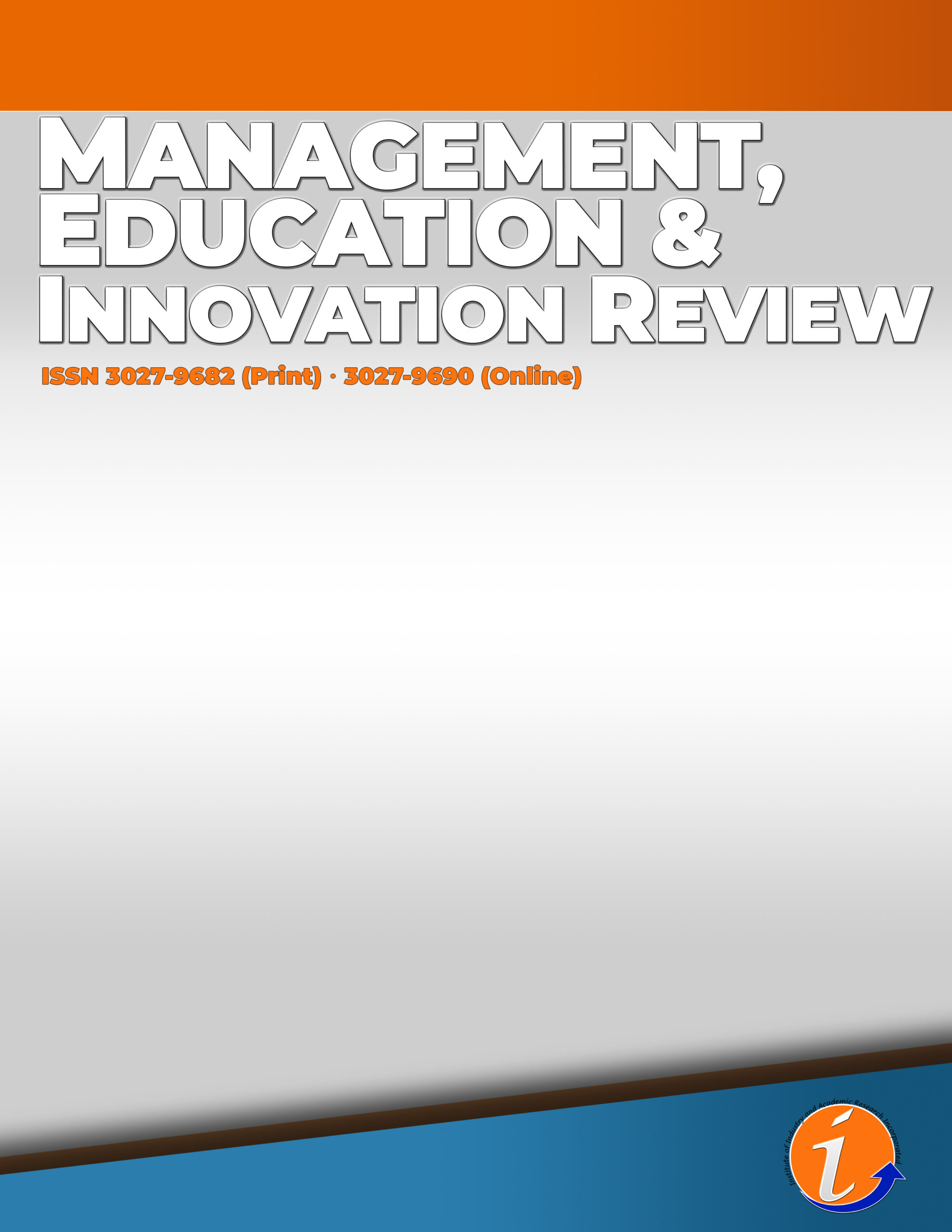Abstract
This study measures the impact of the Pantawid Pamilyang Pilipino Program (4Ps) on the health and education of its beneficiaries in Maangas, Presentacion, Camarines Sur. The study compares individuals who receive 4Ps benefits to a control group of non-recipients with similar characteristics. Using a Randomized Control Trial (RCT) approach, the study collects data from 157 participants of treatment group (beneficiaries) and control group (non-beneficiaries) through conventional questionnaires. Descriptive statistics are employed to determine the economic profiles of the respondents, including factors such as age, gender, number of children, occupation, educational attainment and household size. Logistic Regression and Regression Discontinuity (RDD) Design were used to evaluate the program’s impact and assess the relationship between its objectives and the beneficiaries’ health and education outcomes. The analysis of the RDD provides evidence that the program successfully increased education enrolment among the participants. This suggests that similar populations can replicate the programs strategy to boost education enrolment. The effectiveness of the program is evident from the shift in enrolment rates at the eligibility cut off indicating an impact on education enrolment. However, when it comes to health outcomes, the findings highlight a need for improved economic development approaches in terms of access to medications and vaccines, enhanced health and nutrition outcomes and insurance coverage for beneficiaries who cannot afford it. Moreover, the 4Ps program shows an impact on both the overall health and education of its beneficiaries.
Keywords: Pantawid Pamilyang Pilipno Program, 4Ps, health, education, beneficiaries, economic development, regression discontinuity design
References
Aguado, A. (2021). Implementation of Pantawid Pamilyang Pilipino Program (4ps) in Barangay Talumpok, Batangas City. International Journal of Research, 10(7), 13-20.
Asian Development Bank. (n.d.). Poverty in the Philippines. https://www.adb.org/countries/philippines/poverty
Basas III, G. O. (2021). The socio-economic conditions of the household-beneficiaries of Pantawid Pamilyang Pilipino Program (4Ps). Interdisciplinary Journal of Applied and Basics Subjects, 1(6), 52-73.
Basu, A., Stuckler, D., Chatterji,S., & Kothari, A. (2014). Health care utilization and preventive care in india: Evidence from a large-scale insurance experiment. The economics Quarterly Journal of Economics, 129 (3), 1101-1158
Cacapit, M. E. P., Joson, J. P. G., Paragas, L. C., Reyes, C. A., & Rebong, N. A. (n.d.). Level of application of health-related family development session to Pantawid Pamilyang Pilipino Program (4Ps) beneficiaries in Bayambang. Journal of Education, Health, Arts, Sciences and Technology, 27-33
Casco, J. J. M. J. (2015). The impact of Pantawid Pamilyang Pilipino Program on civic engagement: A propensity score matching approach. Doctoral dissertation, De La Salle University-Manila.
Chaudhury, N., Friedman, J., & Onishi, J. (2013). Philippines conditional cash transfer program impact evaluation 2012. Development Economics Research Group, 14-17.
Conchada, M. I. P., Tiongco, M. M., Castillo, P. J., & Edralin, D. E. (2017). Evaluating government programs for enhancing the welfare of the youth towards entrepreneurship. DLSU Business & Economics Review, 27(1), 59-71.
Dela Torre, B. (2016, May). Financing education through the Pantawid Pamilyang Pilipino Program (4Ps). International Journal of Humanities and Social Science, 6(5), 99-108.
Flores, M. J. S., Espinoza, C. A. B., Enrico, H. C., & Casimiro, R. R. (2019). Pantawid Pamilyang Pilipino Program (4Ps): Its effect on the academic performance of student-beneficiaries in Calaba National High School in the Philippines. Journal of Public Administration and Governance, 9(2), 193-208.
Food and Agricultural Organization. (n.d.). Nutrition country profiles: Philippines summary. http://www.fao.org/ag/agn/nutrition/phl_en.stm
Gertler, P., Martinez, S. & Rubio-Codina, M. (2012). Investigating Cash Transfers to Raise Lomg-term Living Standards. American Economic Journal: Applied Economics, 4(1), 164-192
Cutler, D. M., & Young, A. S. (2019). Health insurance and the price and quality of health care.
Kearney, P. J., Klesner, J. L., & Lichterman, S. (2018). The impact of eligibility expansion on health care access, utilization, and the affordable care act. Health Services Research, 53 (6), 1284-1304.
Leventhal, H., Leventhal, E.A. & Cameron, L.P. (2008). Illness representations and coping with health threats. In Handbook of Psychology and Health, Volume IV. Routledge.
Onsay, E.A. (2021). Does Pantawid Pamilyang Pilipino Program (4Ps) alleviate poverty and promote economic development? Evidence from community-based monitoring system through impact evaluation in Naga City, Bicol Region, the Philippines.
Orbeta, A.C. (2015). Impact of time-critical household investments in Pantawid Pamilyang Pilipino Program: Evaluating the Pantawid Pamilya using RCT-Cohort analysis. World Bank.
Pantawid Pamilyang Pilipino Program Official Gazette of the Republic of the Philippines http://www.officialgazette.gov.ph/programs/conditional-cash-transfer
Philippine Institute for Development Studies (2020). Pantawid Pamilyang Pilipino Program Third Wave Impact Evaluation (IE Wave 3)
Reyes, C., Tabuga, A., Mina, C., Asis, R. & Datu M. (2011). Chronic and transient poverty. PIDS Discussion Paper Series No. 2010-30. Philippine Institute for Development Studies.
Sasis, P. L., Pelenio, E., & Dalde, M. N. D. (2019). The impact of Pantawid Pamilyang Pilipino Program (4Ps) to its beneficiaries. SMCC Higher Education Research Journal (Business Administration Journal), 1(1).
Sobreviñas, A. B. (2020). Examining chronic and transient poverty using the community-based monitoring system (CBMS) data: The case of the Municipality of Orion. DLSU Business & Economics Review, 30(1), 111-129
Tutor, M. V. (2014). The impact of Philippines’ conditional cash transfer program on consumption. Philippine Review of Economics, 51(1), 117-161.
Velarde, R., & Fernandez, L. (2011). Welfare and distributional impacts of the Pantawid Pamilyang Pilipino Program. The World Bank Group: Philippine Social Protection Note, 201(3).
Watson, R. (2015). Quantitative research. Nursing Standard, 29(31): 44-50













